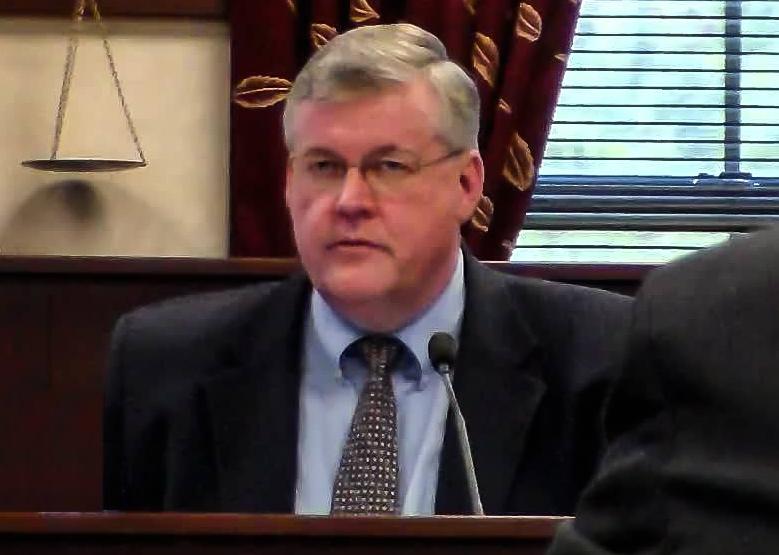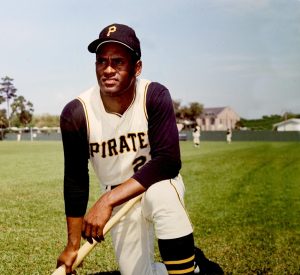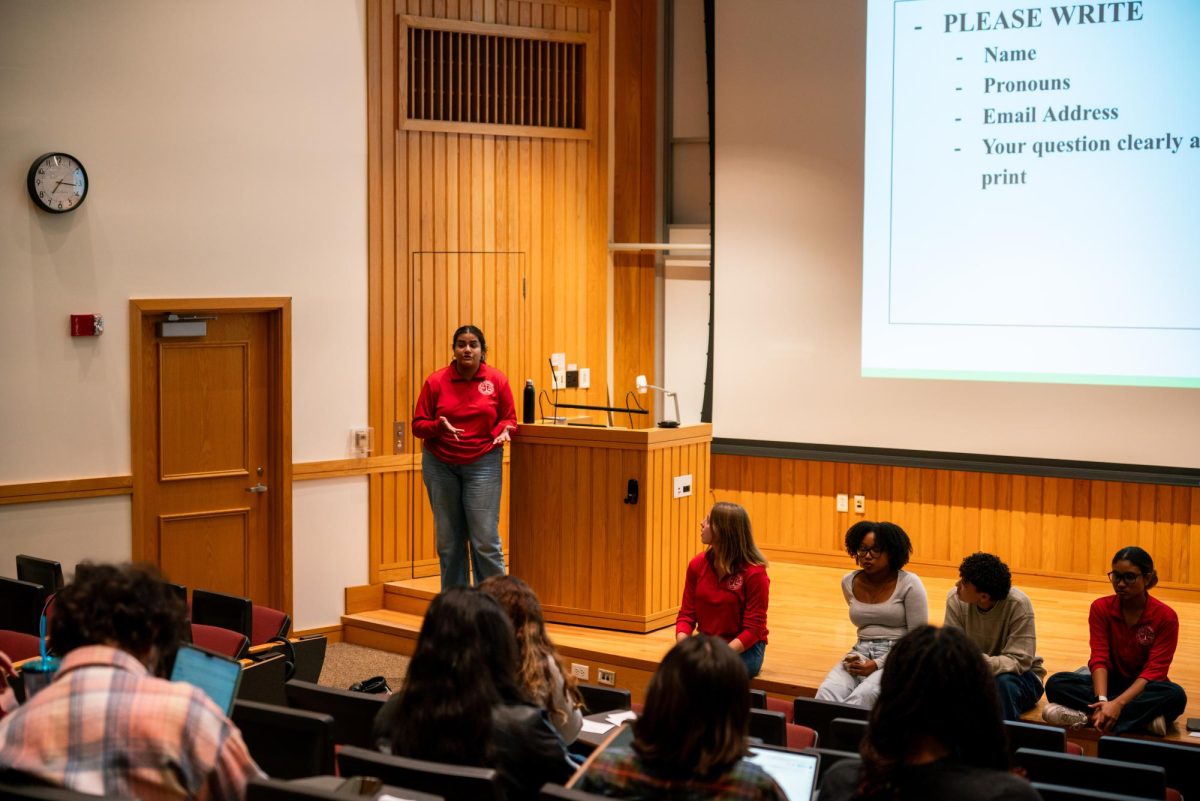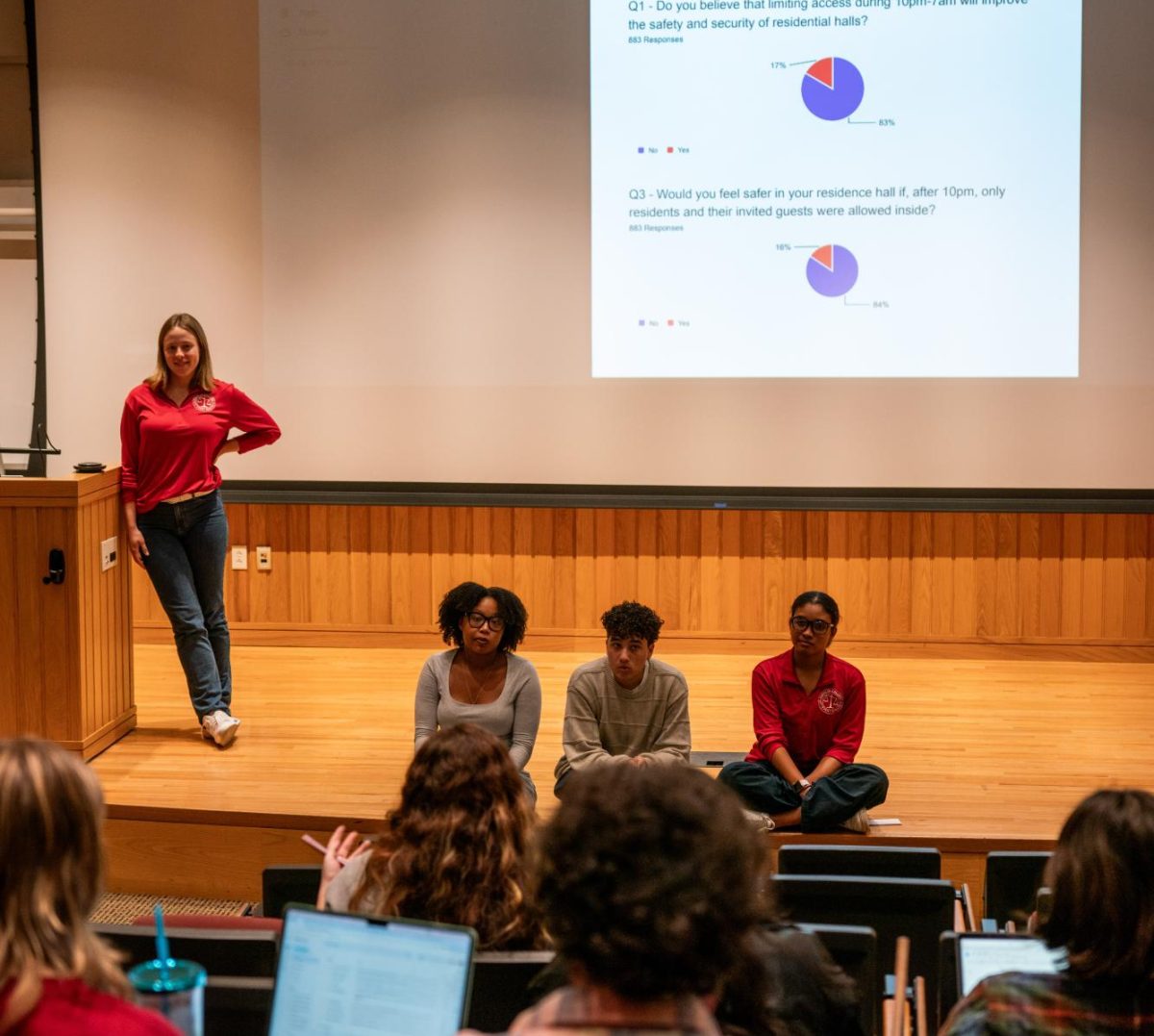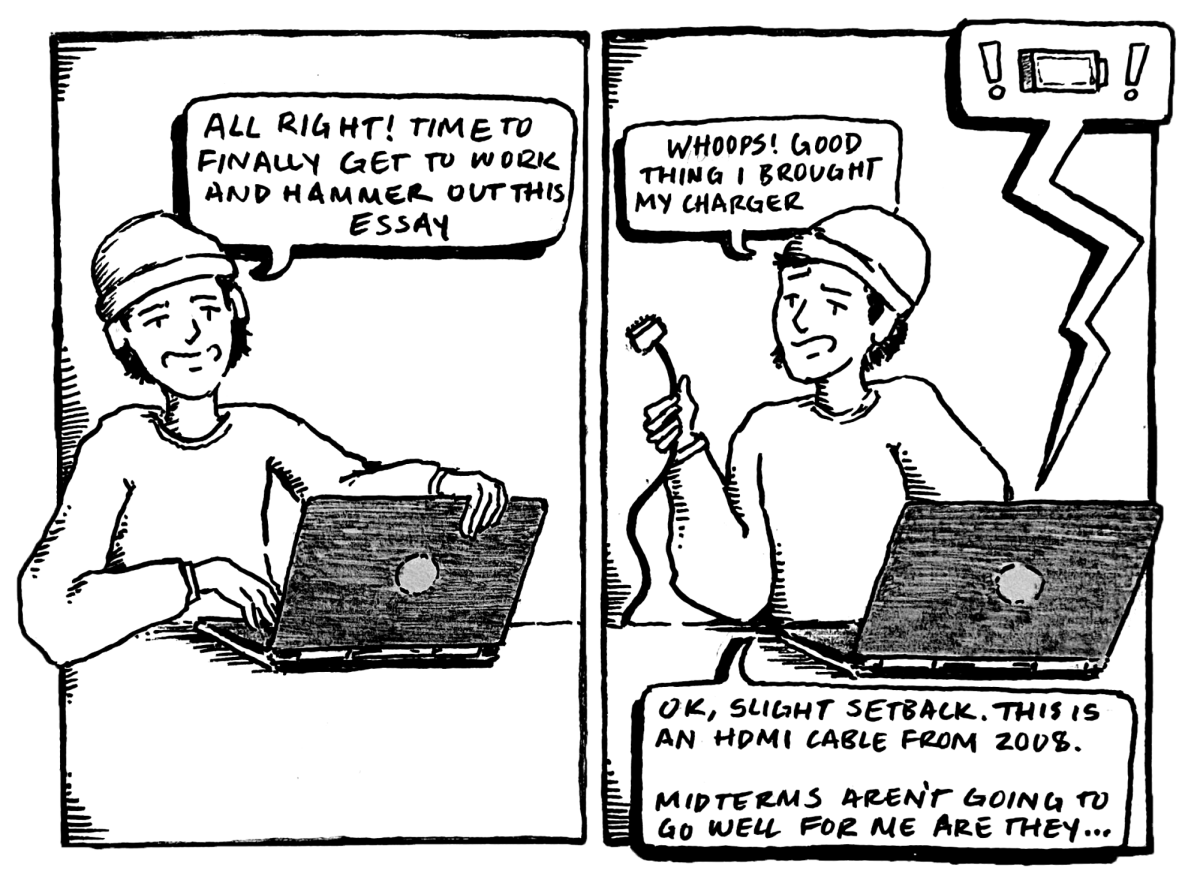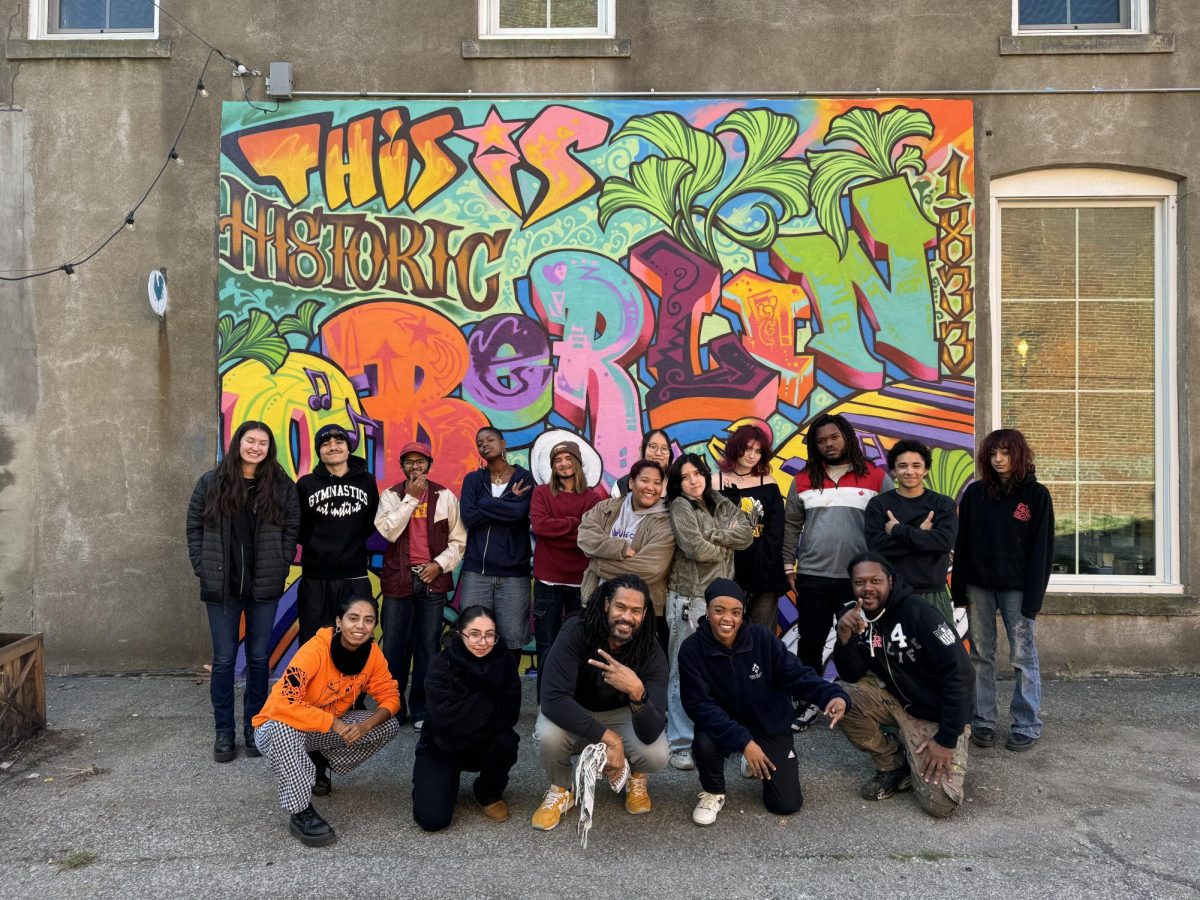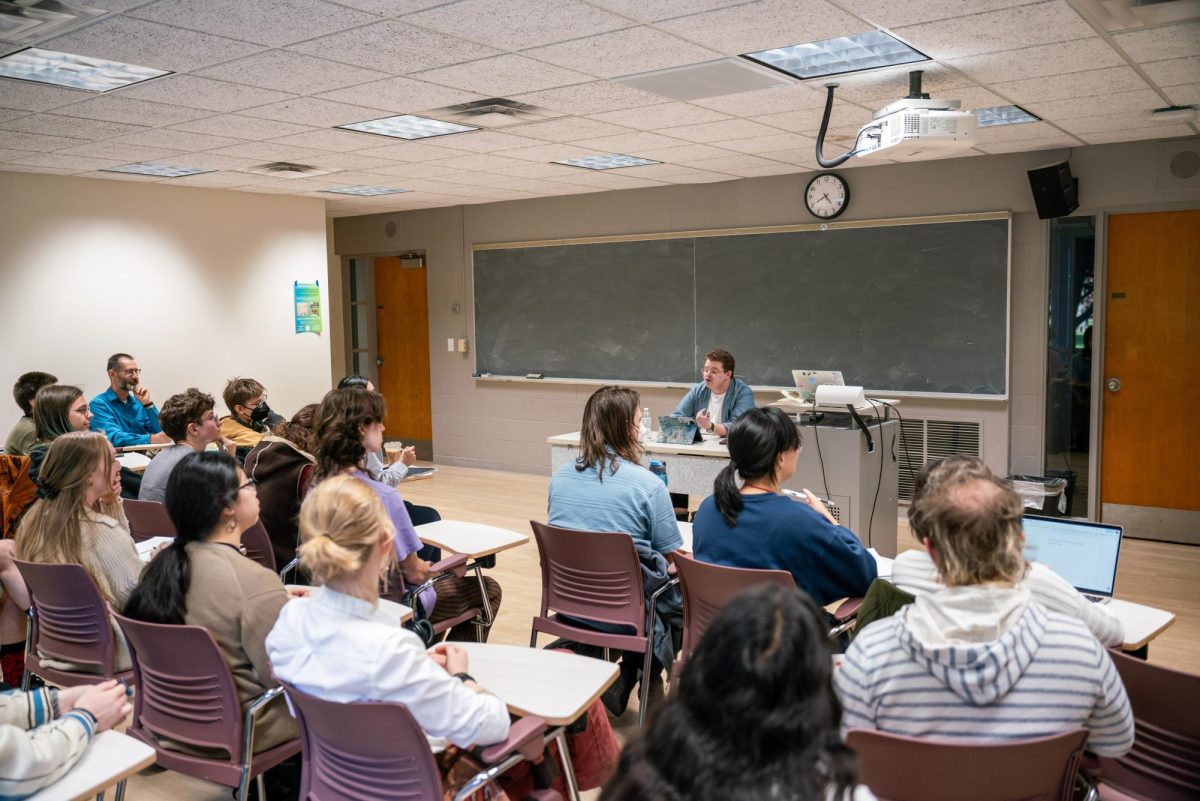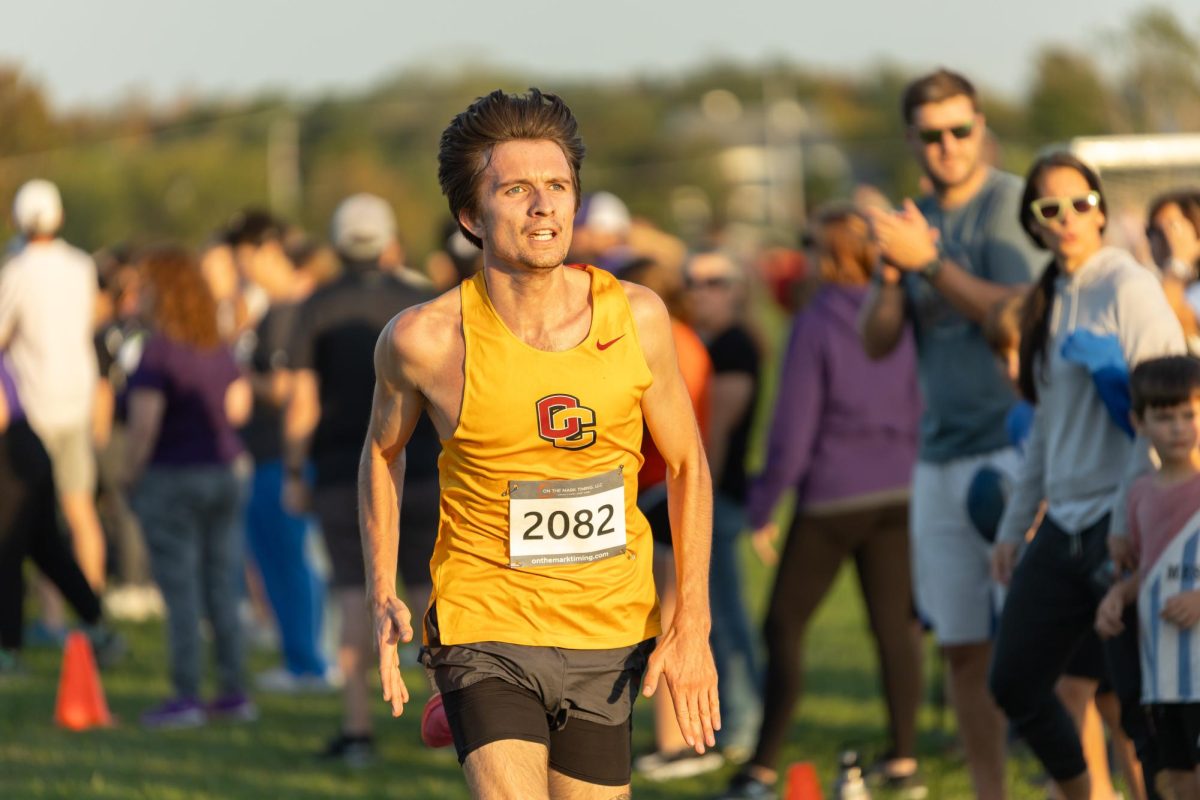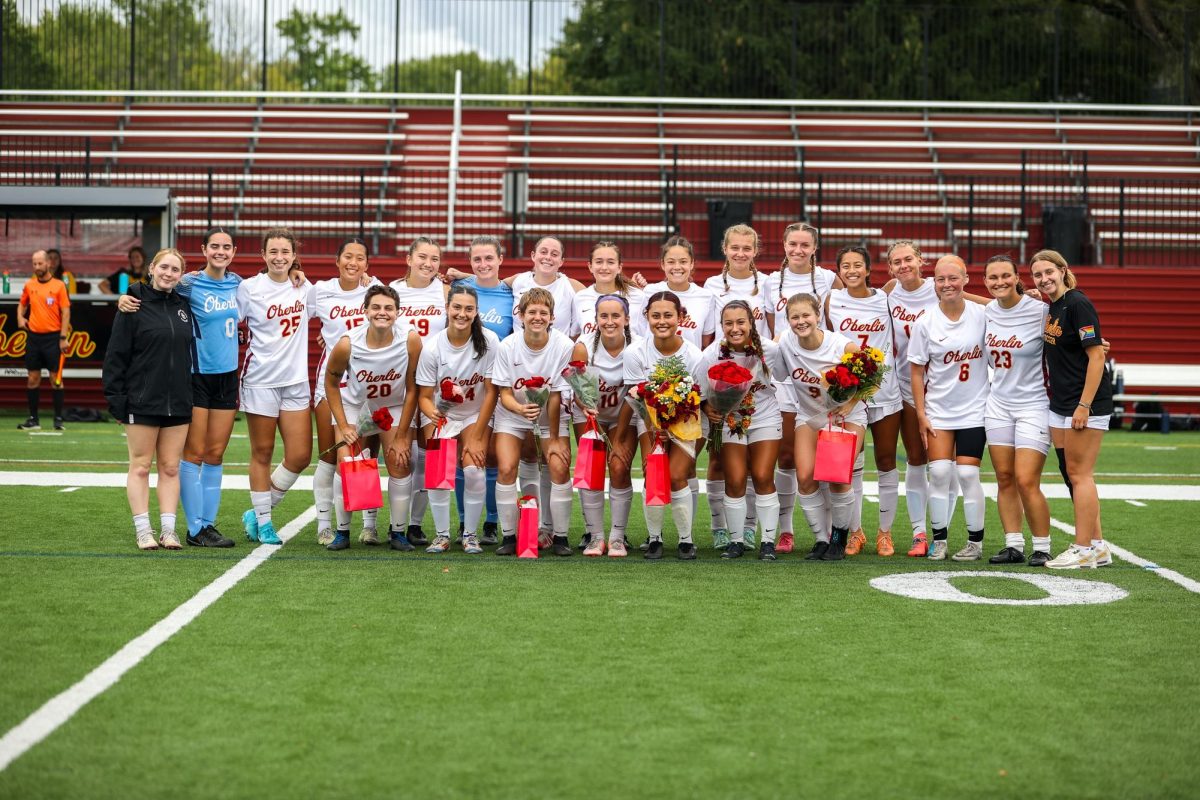Off the Cuff: Douglas Rohde, forensic scientist
October 2, 2015
Douglas Rohde is the supervisor of chemistry and toxicology at the Lake County Crime Lab. He delivered two lectures on a campus visit Wednesday about his experience in the field and generational differences in the laboratory. The Review sat down with Rohde to discuss the strangest cases of his career and how television shows like CSI and Law and Order have infiltrated the courtroom in recent years.
Editor’s Note: This article discusses sexual assault.
What are the responsibilities of a forensic scientist in court?
Your biggest responsibility is to speak the truth — to transmit your analysis, the scientific basis for your opinion or your conclusion, to the jury or to the judge. You have to do it in as concise and understandable a fashion as possible. It sounds easy, but it takes a lot of training to be able to communicate like that. Some people have a tendency to go longer in their explanations than they really should. There are times when you need to go further in an explanation so that a jury can understand it. In the meantime, the court is presided over by a judge and two attorneys, and they have their own agenda, so you have to deal with that as well.
A courtroom can be a stage. It can be a play. A lot of what happens is based on presumption and not fact. When you come in as a witness — generally, forensic scientists are fact witnesses, they’re just stating what they found and not necessarily giving their opinion — it’s a different realm.
How did you become interested in this field of science?
I grew up in the ’70s and two things happened in the ’70s. One was a TV show called Quincy, M.E. about a medical examiner. His psychic was an Asian man, Sam, who wore all white and worked in the lab. A lot of people really liked Quincy and what he did, but I really liked Sam and what he did. I thought it was very cool to see him working in a lab with all the instrumentation and solving crime. Now this predates CSI by at least 15 years or more and really it was the first CSI-ish show that there was in the ’70s. It was much more realistic than CSI shows. The other thing was that I had to do a high school report, and at that point there was a Senate sub-committee on the reinvestigation of the assassinations of JFK, RFK and MLK. I did my current events report on that, and they were looking at ballistic trajectory. They examined the alleged recording they had. They also had a forensic pathologist testify about the magic bullet [theory], and I was drawn into that. I just wanted to get this report done, and there was a lot of newspaper coverage, and after I started getting into it, I was into it.
I also like science. My third influence was my science teacher in high school. It wasn’t so dry; he really made it a lot of fun. So it was a combination of my love of chemistry and the forensic exposure I had, and I knew that’s where I wanted to go.
How has the “CSI Effect” — the theory that television dramas about forensic science have influenced the way real juries make decisions in court — come into play in your experience?
Initially, when CSI aired in fall of 2000, it coincided with when I was in the crime lab. The good of CSI is that it highlighted our profession, where before there was no real clear understanding of forensics. More people were interested in it and excited by it, and it allowed kids to suddenly become interested in chemistry or science as a whole. The bad part of it, or the disadvantage, was that jurors expected CSI when they wanted to hear a case and rarely do you have any forensic cases like CSI that are solved within an hour and have such drama associated with them. When you actually sit on the jury and hear evidence, most court cases don’t have forensics, and the ones that do are very tedious. So there’s a disconnect between what people thought they were going to hear and what actually happened. In CSI, everything happens so rapidly and you think you can get DNA off of everything and all the time, and that’s just not true. But I think after 15 years, the expectations came in line with what science can provide. Once in a while there are cases that are solved as quickly as you see on TV, but it’s very rare.
What do you think are the most harmful myths about forensic science?
The most negative thing is the expectation that you’re going to have a slam-dunk, 100 percent proof of a crime. And sometimes you just don’t have the preponderance of evidence that may indicate whether to lean toward this or that. You don’t have the DNA on the gun, you don’t have fingerprints on the murder weapon. When those pieces of evidence are missing it doesn’t mean you can’t use other forensic testing units available, but it just doesn’t give you that power some people expect when you see it on TV. Law and Order contributed to that also because there’s not always a smoking gun. Many cases are circumstantial in nature.
In fact, the case that I’m presenting this evening was a physician that was convicted of murder — of poisoning his wife with cyanide. His prints were never found on the capsules; there was no scientific proof that he put the cyanide in the capsules that he gave her. There was a testimony that he did that, but there was no scientific proof. Yet he was convicted. In that particular case, it’s relevant because it was a high-profile murder case. There wasn’t any print evidence or any DNA evidence, but yet there was enough scientific evidence and other testimony for the jury to render a verdict.
What is the strangest case you have been involved with?
The strangest case was a few years ago. There were a group of guys from New York City who came into Cleveland to do trading — trade school. They had some unknown drugs with them that they infused in gummy bears. They were intending on selling them in the Cleveland area, but they were also planning on using them for a sexual assault.
The victim unfortunately took the gummy bear willingly, [which] caused paralysis, and these three suspects sexually assaulted that woman. When we got the case, the particular drugs that had been infused in the gummy bears were unknown. As a toxicologist, I’m in touch with all of the toxicologists in the country and some overseas, and nobody had any idea. This was a new drug that had been introduced to the United States from Europe. It took me months to really figure out what I had. There must have been 12 to 15 different types of drugs, and not all were illicit, because the DEA determines what kind of drug is legal or not, and they hadn’t seen it. But once I figured it out and reported it, the woman had declined to press charges. The case never went forward. Essentially, these guys got off with a slap on the wrist.
Your talk included a segment on the generational differences in the laboratory. Can you explain what the major differences are and how they affect your line of work?
Two of the biggest differences between the baby boomer generations and the newer generations are the work ethic and forms of communication. There used to be the veterans and the baby boomers; they would work past closing hours, and their motivation and work ethic worked, and they expected to be rewarded. Their form of communication was one-on-one with eye contact. Now, with the newer generations, they still want to work hard but they want to end their day at 4:30 or 5 and then go on to family or what not. That’s not bad, it’s more of a balance, but baby boomers are more of workaholics. Gen[erations] X, Y [and] Z have more of a balance. The form of communication among older folks is one-on-one; we didn’t have cell phones. We didn’t have computers. Either you picked up the phone and called somebody, or you walked down the hall and knocked on their door. Today — and it’s not uncommon even though it’s a small lab — I can have one of my drug chemists sitting 10 to 15 feet away, and instead of getting up and walking over there, sometimes I’ll send him a text. On my end, as a baby boomer, I have to accept that texting is a convenient way of communicating.


